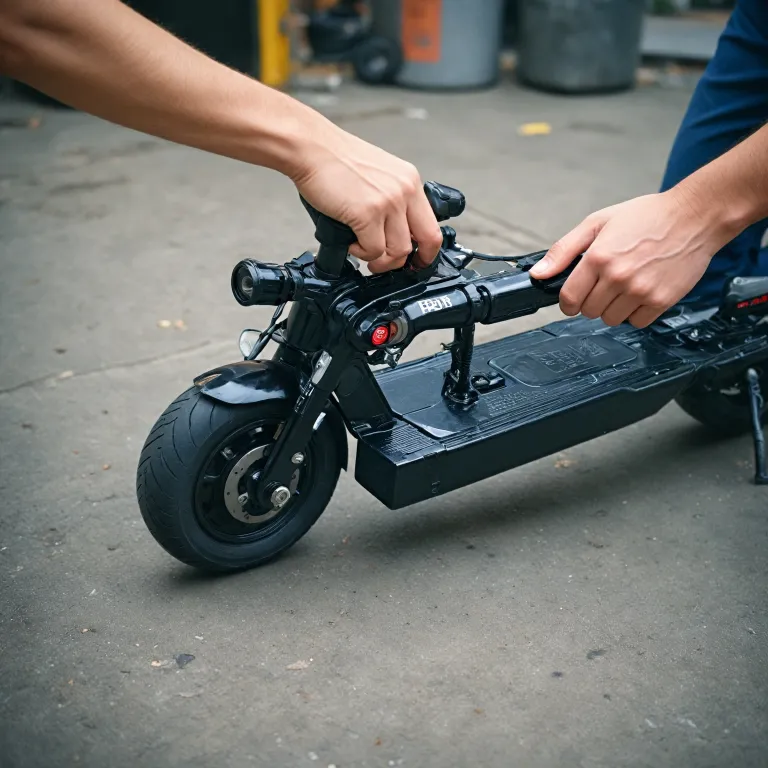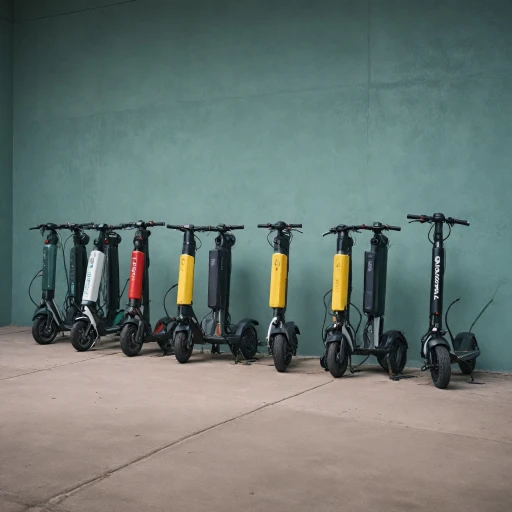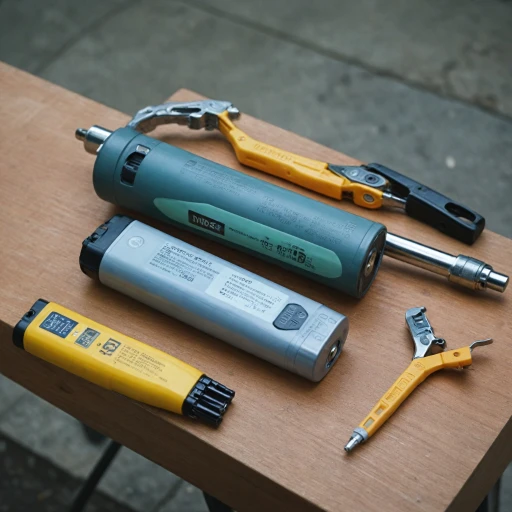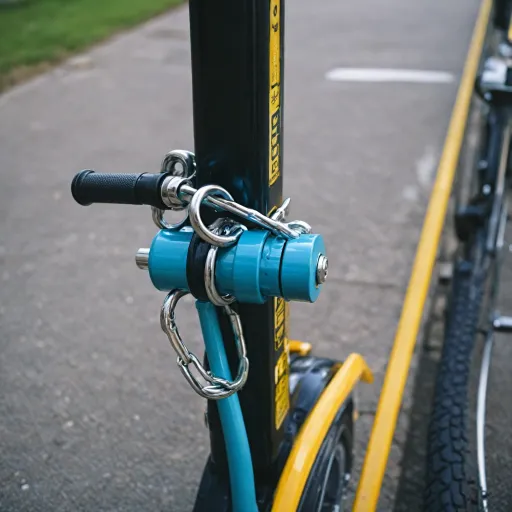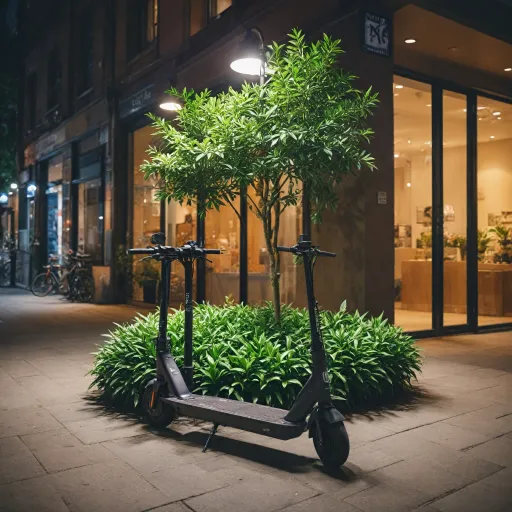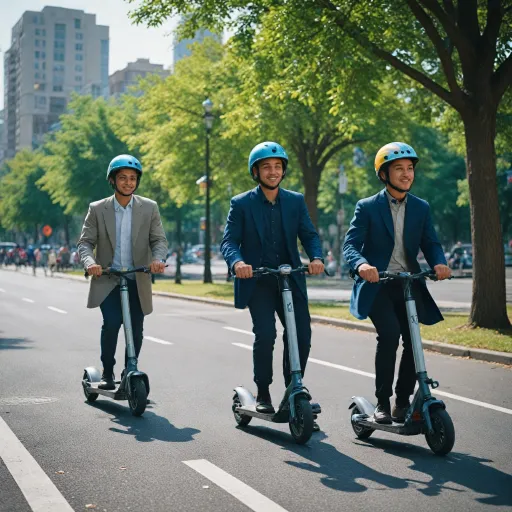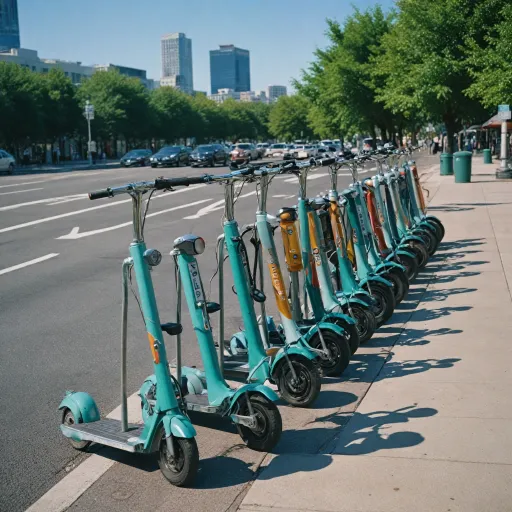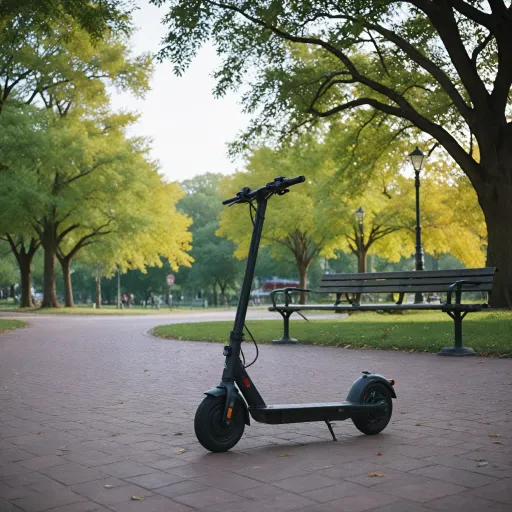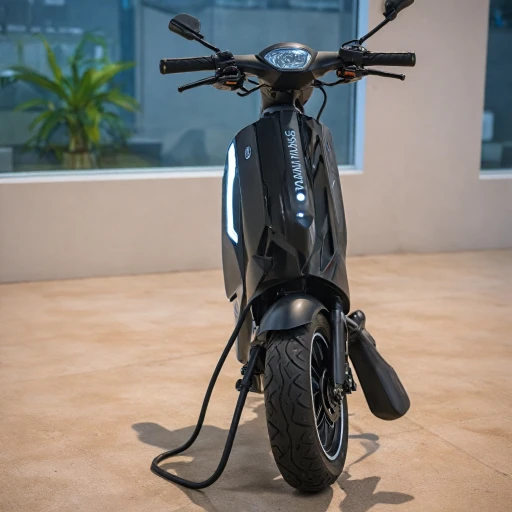
Understanding When to Replace Your Scooter Battery
Recognizing the Signs of a Worn-Out Battery
When it comes to maintaining your electric scooter, timely battery replacement is crucial for optimal performance and longevity. Understanding the telltale signs of a failing battery can save you both time and money.
Several indicators suggest it's time to consider replacement:
- Decreased Range: If your scooter battery isn't holding its charge for as long as it used to, resulting in a reduced range, it might be reaching the end of its life.
- Visible Damage: Check for any cracks or leaks in the battery casing. Particularly for sealed lead acid (SLA) batteries, such damage can impact the battery's efficiency.
- Slow Charging: An unusually long charging time could be a sign of battery deterioration. Volt inconsistencies can also play a role here.
- Age of the Battery: Batteries have a fixed lifespan, often detailed by the manufacturer. If your scooter battery has exceeded its rated cycle count, consider replacement options.
Predicting when a battery needs replacement isn't an exact science, as factors like brand, usage, and environmental conditions can influence longevity. To make an informed decision on your scooter battery replacement, consult resources that offer insights into understanding the essentials of replacing your e-scooter battery.
Choosing the Right Battery for Your Electric Scooter
Picking the Perfect Battery for Your Scooter
When it's time to replace your scooter battery, selecting the right one is essential for ensuring the performance and longevity of your electric scooter. The market offers a variety of battery types, each with distinct advantages and drawbacks. Let's delve into some important considerations.
- Battery Type: Most electric scooters use sealed lead acid (SLA) or lithium batteries. SLA batteries, like Kung Long and other brand options, are generally less expensive but heavier and require more maintenance. Lithium batteries, such as LiFePo, are lightweight and have a longer lifespan but come at a higher price. Consider your scooter usage and budget when choosing between these types.
- Voltage and Capacity: Check the volt and amp-hour (Ah) ratings of your scooter's current battery. Replacement batteries must match these specs to ensure safety and compatibility. The voltage and capacity will influence your scooter's power and range.
- Compatibility with Your Model: Ensure the battery you purchase is compatible with your scooter model. Refer to the manufacturer's recommendations or consult with a reliable supplier to avoid issues later on.
- Brand and Warranty: Opting for a reputable battery brand can influence performance and reliability. Many brands offer warranties, providing peace of mind and added protection should issues arise.
- Price and Returns: While it might be tempting to go for a cheaper battery, remember that investing in quality can offer better performance and fewer replacements over time, ultimately helping you save money. Check return policies in case the battery you purchase isn’t the right fit.
Choosing the right battery makes a substantial difference to your scooter's operation, and it’s worth taking the time to assess your needs and research your options. Whether you're riding electric bikes, mobility scooters, or any other type of electric scooter, opting for the right power batteries ensures a smoother and longer-lasting ride.
Step-by-Step Guide to Replacing Your Scooter Battery
Preparing for the Battery Replacement
Making sure you're equipped for replacing your electric scooter's battery can save you a lot of hassle. Before you begin, gather the necessary tools and double-check your scooter model's manual for specific instructions. Understanding the type of battery your scooter uses is crucial, whether it's a sealed lead acid (SLA), lithium, or even LiFePo battery. This ensures compatibility and optimizes performance.
Removing the Old Battery
To start, make sure your scooter is powered off and unplugged from any power source. Locate the battery compartment, which is typically underneath the footboard or the seat, and use the appropriate screwdriver to open it. Take note of how the existing battery is connected; capturing a photo can be helpful for reference. Disconnect the battery cables carefully, paying attention to the positive and negative terminals to avoid any potential issues later on.
Installing the New Battery
Place your new battery into the compartment, aligning it properly with the connectors. Ensure any protective covers from the terminals are removed. Attach the battery cables to the new battery, connecting the positive and negative terminals as observed previously. After securing the connections, replace the battery cover and tighten the screws securely.
Testing the Installation
Once the new battery is in place, it’s time to test your work. Turn on your scooter to check if it powers up correctly. A quick test ride can help confirm that everything is functioning as it should be. If your scooter fails to start, double-check the connections and ensure that the battery is charged.
Safety Precautions and Final Tips
Whichever scooter battery brand you choose, be sure to check the warranty and any customer reviews related to price and longevity. Also, remember that scooters sold with replaceable batteries might offer better long-term savings. By taking preventative steps and ensuring proper installation, you can maximize your electric scooter's mobility and performance.
Maximizing Battery Life and Performance
Optimizing Your Electric Scooter's Battery Life
Maximizing the life and performance of your electric scooter battery involves a few strategic habits that can significantly boost its efficiency. It's not just about using high-quality batteries, like lithium batteries or a reputable brand such as Kung Long, but also about how you take care of them.
- Regular Maintenance: Regularly check the condition of your scooter battery for any signs of wear or damage. Keeping an eye on the health of your lead acid or Sealed Lead Acid (SLA) battery can save you from unexpected battery failures.
- Proper Charging: Always use the recommended charger for your battery. Overcharging, undercharging, or using an incompatible charger can significantly reduce the battery's life span. It's advisable to unplug the battery once it's fully charged to preserve its efficiency.
- Temperature Control: Batteries tend to perform best within a specific temperature range. Extreme cold or heat can dramatically affect the battery life of your mobility scooter or electric scooter, so aim to store your scooter in a moderate environment.
- Usage Patterns: Avoid frequent, full discharges of your battery. Partial charging cycles are better for the longevity of lithium batteries compared to fully discharging. Consider your travel distance and the power requirements of your electric bike or scooter to plan effective charging cycles.
Following these tips will help optimize your electric scooter's battery life. Choosing the right battery type and taking these steps ensures you get the most out of each charge, further reducing the need for frequent replacements.
Common Mistakes to Avoid During Battery Replacement
Avoiding Errors When Swapping Out Your Scooter's Power Source
Replacing the battery in your electric scooter can be a straightforward task if done correctly; however, several common mistakes can lead to suboptimal performance or even damage. Being aware of these pitfalls is crucial to ensure the longevity and efficiency of your scooter.- Choosing an incompatible battery: It's essential to select a battery that is compatible with your scooter model. Incorrect volt, chemistry, or size can result in poor performance or safety hazards. Make sure to opt for the appropriate battery brand and type, like sealed lead acid (SLA) or lithium batteries based on your scooter requirements.
- Ignoring battery specifications: Pay close attention to details such as the amp-hour (Ah) rating and volt requirements of your replacement batteries. Mismatched specifications could not only void warranties but also impact the scooter's run time and power.
- Skipping necessary safety measures: When handling lead acid or other types of batteries, always wear protective gear and ensure the environment is dry. Especially with SLA batteries, avoid contact with internal components to prevent leakage and corrosion.
- Incorrect installation: Properly connect cables and secure the battery in place. Loose connections can lead to power outages and other electric issues. Follow a detailed guide to ensure every component is securely fitted.
- Overlooking warranty terms: Check the warranty of the new battery. Some battery brands require specific installation procedures to keep the coverage valid.
- Forgoing battery maintenance: After installation, regularly monitor battery health and performance. Keep connections clean and manage charging cycles effectively to save on future costs.
- Disposal of old batteries: Lead acid and other scooter batteries should be recycled appropriately to reduce environmental impact. Many places offer recycling services, ensuring your old battery doesn’t harm the environment.
Environmental Impact and Recycling of Scooter Batteries
Environmental Considerations and Responsible Disposal
Electric scooter batteries, including sealed lead acid (SLA) and lithium batteries, pose unique environmental challenges. Knowing the environmental impact of your scooter battery can guide responsible disposal and recycling:
- Hazardous Materials: Lead acid batteries, common in many scooters, contain lead and sulfuric acid. These need careful handling to avoid contamination or injury.
- Recycling Options: Seek out authorized recycling centers for your battery type. Many local government facilities and auto parts retailers offer recycling services.
- Battery Drop-Off Programs: Some scooter and battery brands have programs for returning old batteries for recycling. It's worth checking your scooter's brand policy or warranty details for such initiatives.
- Managing Used Batteries: Store used batteries in a cool, dry place until you can dispose of them safely. Never dispose of batteries with regular household waste.
By responsibly recycling your scooter battery, you contribute to reducing environmental impact. Hence, always prioritize choosing the right disposal method when you replace your electric scooter's battery.
